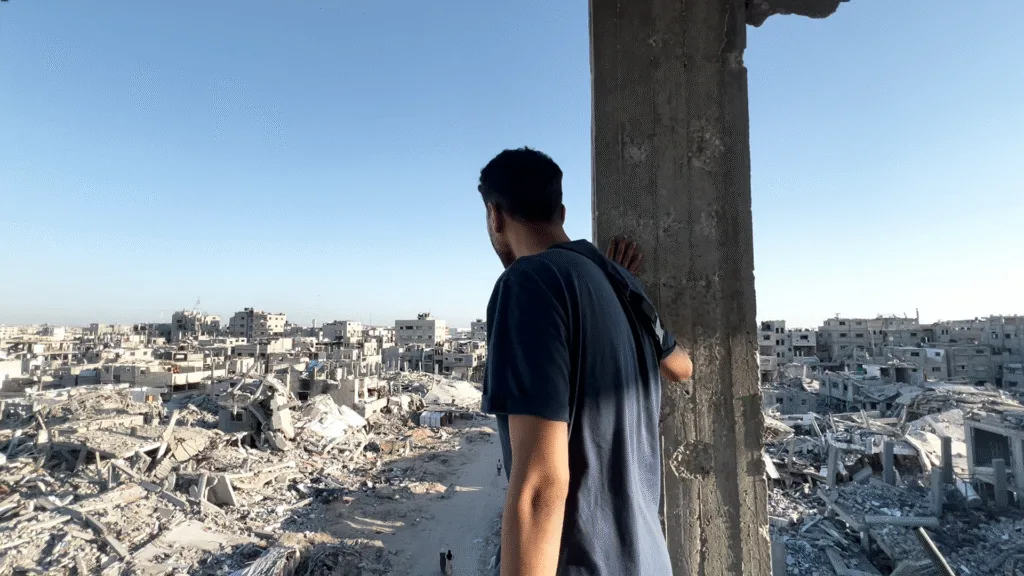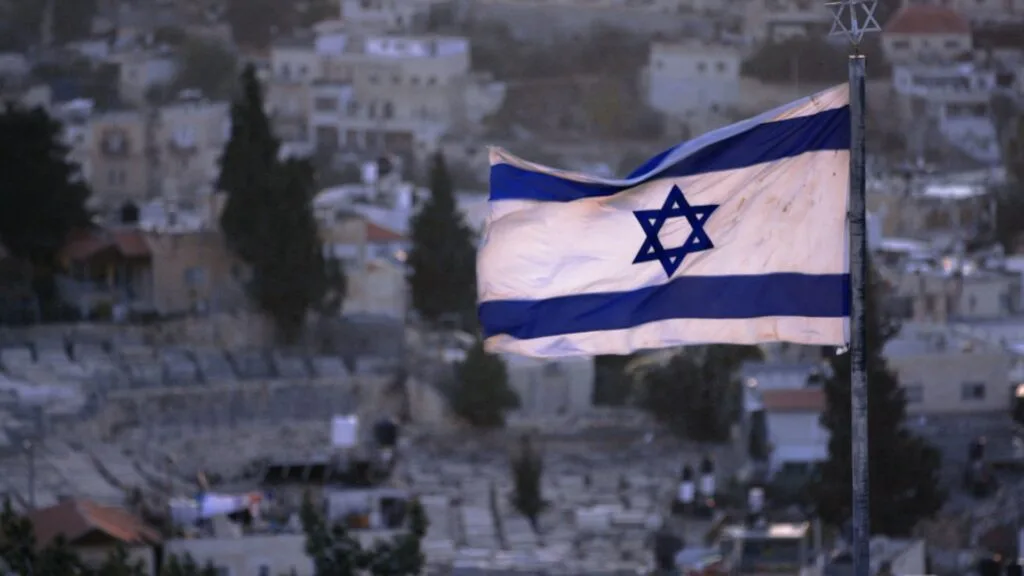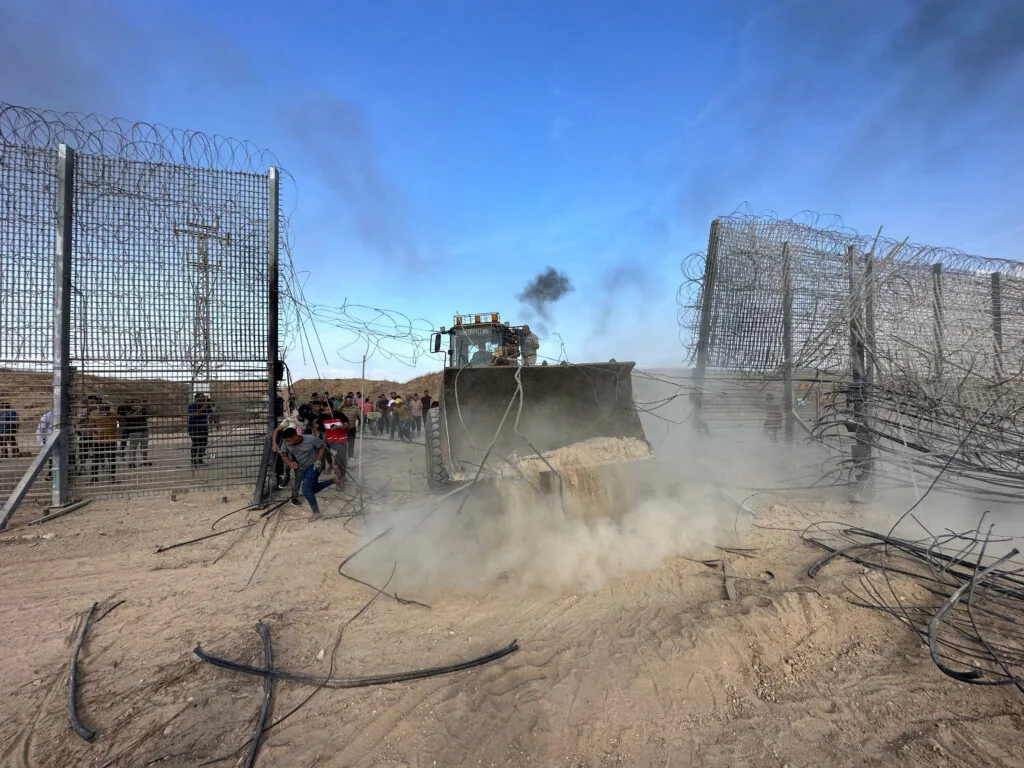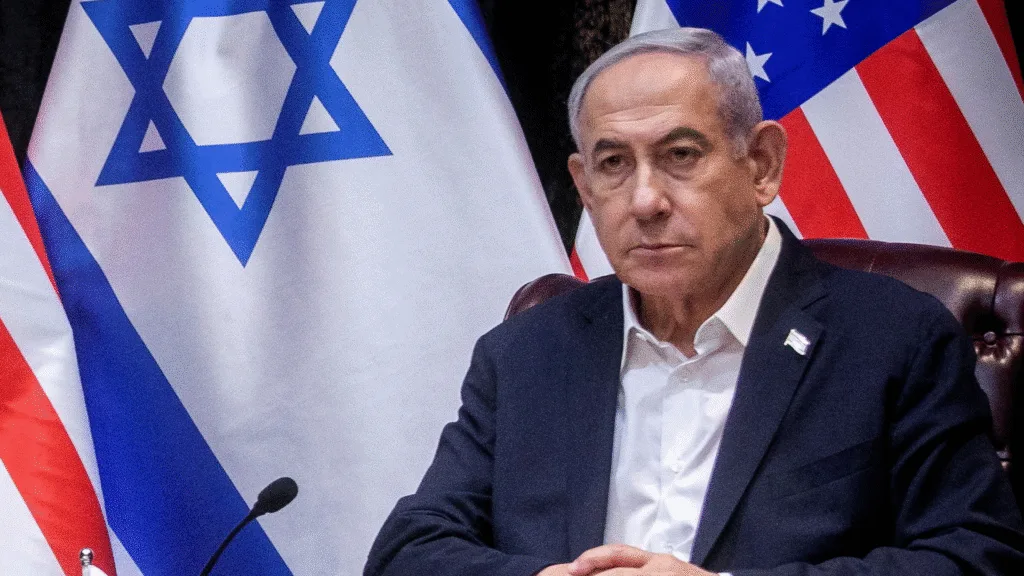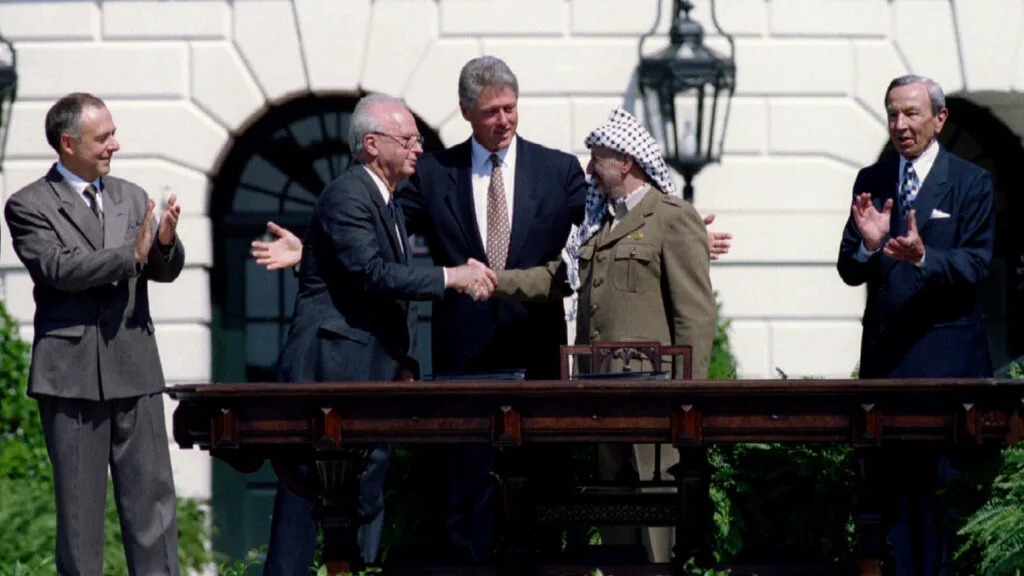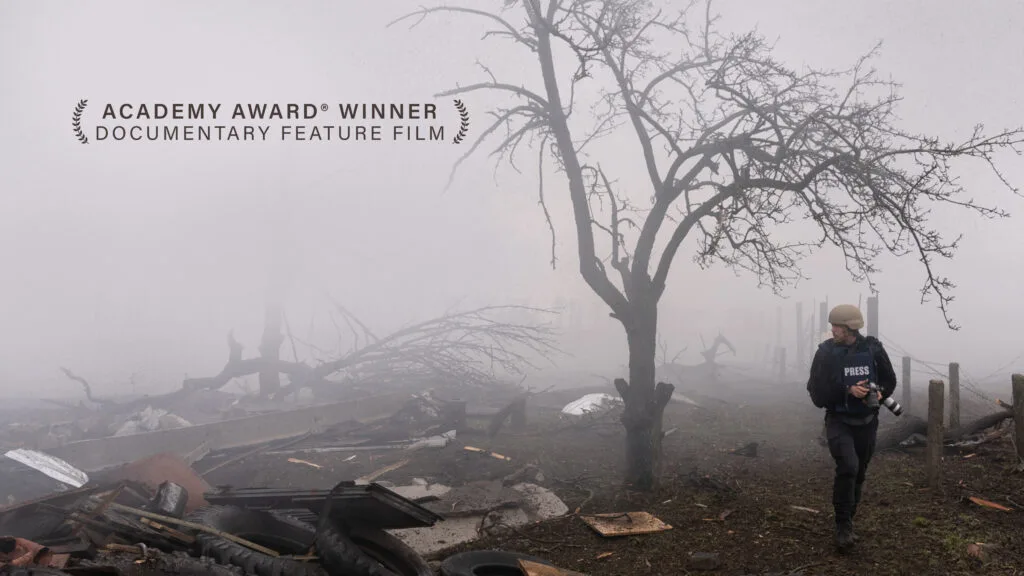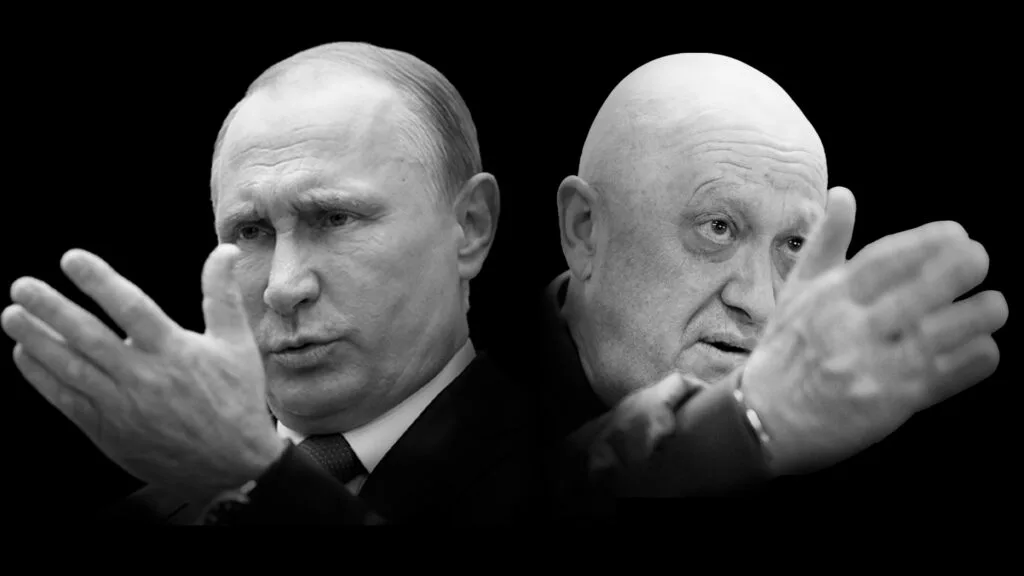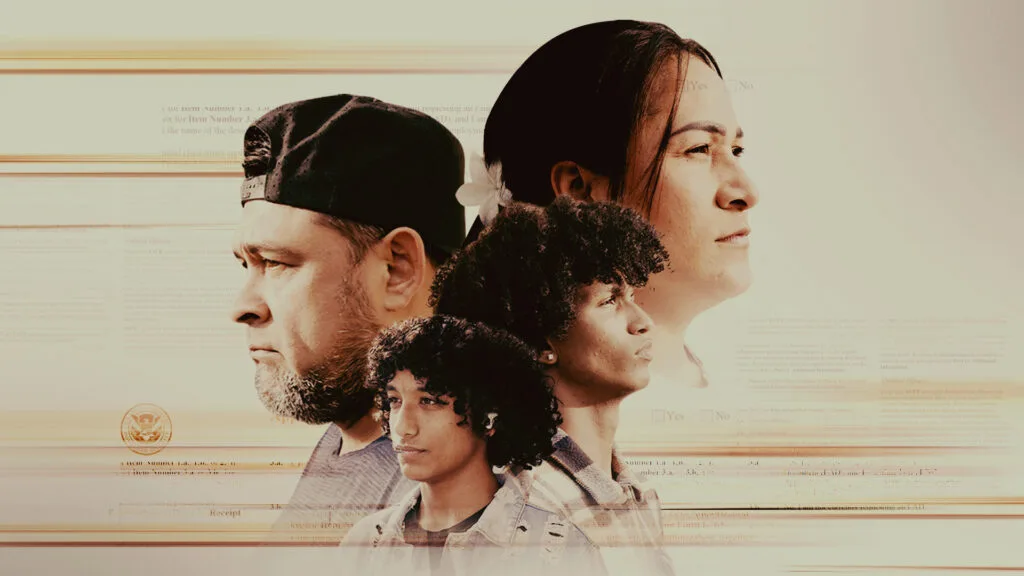Rare Video Evidence of Torture in Syrian Hospitals
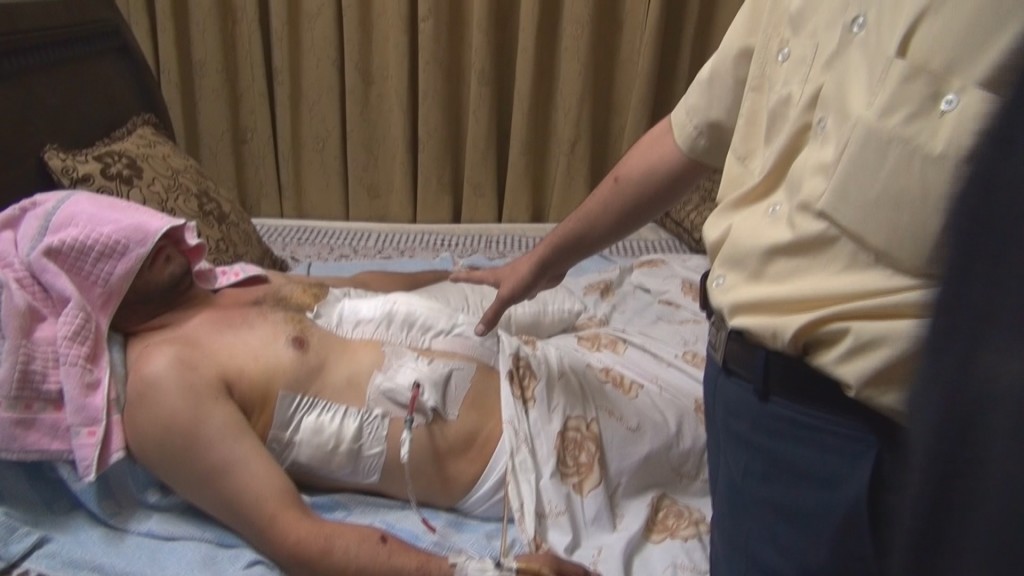
March 6, 2012
Share
Last night Channel 4 aired chilling footage of evidence of what appears to be the torture of injured Syrian civilians in a military hospital in Homs.
The graphic, grainy video — embedded above — shows wounded patients blindfolded and tied to their beds with rusty chains, with whips and rubber cables lying nearby. It was secretly shot by a hospital employee who provides gruesome details of abuse — including beatings and electrocution — in almost every single hospital unit, including intensive care.
“I have seen detainees being tortured by electrocution, whipping, beating with batons, and by breaking their legs. They twist the feet until the leg breaks,” he said in an interview conducted by “Mani,” a French photojournalist who smuggled the video out of Syria and provided it to Channel 4. “I saw them slamming detainees’ heads against walls. They shackle the patients to beds. They deny them water. Others have their penises tied to stop them from urinating.”
According to the Channel 4 report, the Syrian Government has ordered that all those who are shot or injured in the protests in Homs be treated at the military hospital there.
As Channel 4 acknowledges, and as has been true throughout the conflict, it is difficult to verify some reports because of restrictions on independent journalists. But there have been widespread reports of the abuse and torture of activists within state-run hospitals — including this 39-page report by Amnesty International [PDF] documenting abuse in three cities — that this grainy footage appears to substantiate.
In our November report Syria Undercover, reporter Ramita Navai, who traveled to Syria and embedded with activists there, revealed how Syrian activists have resorted to building makeshift hospitals to escape the torture they say has been inflicted upon injured protestors at state-hospitals. She visited some of those makeshift hospitals, meeting injured patients and the doctors who care for them. Living under extreme fear, the activists and doctors go to great lengths to hide the secret facilities.
These secret field hospitals have trouble getting adequate medical equipment, especially blood for transfusions, which can only be obtained through the Ministry of Defense-controlled Central Blood Bank. Syrian activists told Navai, who toured some of the warehouses where these medical supplies are kept, that they smuggle equipment in from Turkey, Jordan and Lebanon, and then move it from one secret warehouse to another in order to stay ahead of security forces.
But they are not always successful. According to activists Navai is still in contact with, three of the makeshift hospitals in areas she visited have been raided. In one of them, all of the patients had been shot and the doctors were either killed or detained.
Today United Nations High Commissioner for Human Rights Navi Pillay announced that the U.N. has footage similar to the video that was broadcast by Channel 4. The video was used as evidence in a 72-page report released in late February accusing the Syrian state of crimes against humanity.
Related Documentaries
Latest Documentaries
Related Stories
Related Stories
Policies
Teacher Center
Funding for FRONTLINE is provided through the support of PBS viewers and by the Corporation for Public Broadcasting. Additional funding is provided by the Abrams Foundation; Park Foundation; the John D. and Catherine T. MacArthur Foundation; and the FRONTLINE Journalism Fund with major support from Jon and Jo Ann Hagler on behalf of the Jon L. Hagler Foundation, and additional support from Koo and Patricia Yuen. FRONTLINE is a registered trademark of WGBH Educational Foundation. Web Site Copyright ©1995-2025 WGBH Educational Foundation. PBS is a 501(c)(3) not-for-profit organization.



